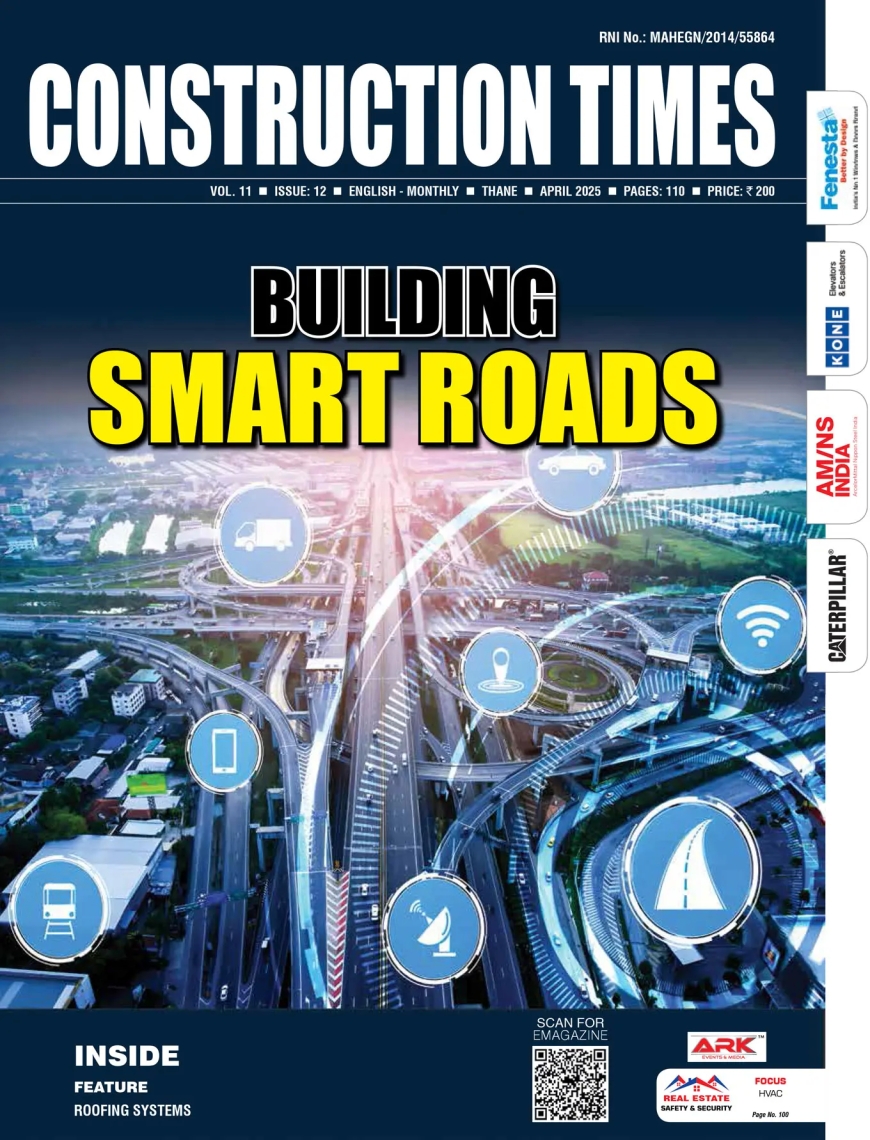Transforming Customer Experience As Large Public Venues Goes Digital
Sanjiv Verma, Vice President, Asia Pacific, RUCKUS Networks at CommScope Go to any busy large public venue, and you will be surrounded by people on their mobile devices. No matter if it’s a 132,000-seat open-air stadium in Ahmedabad, a large theatre presenting a concert in Mumbai, a casino or major hotel in Goa, you will find thousands of visitors talking, texting, live streaming and uploading photos or videos on social media through their devices.

Sanjiv Verma, Vice President, Asia Pacific, RUCKUS Networks at CommScope
Go to any busy large public venue, and you will be surrounded by people on their mobile devices. No matter if it’s a 132,000-seat open-air stadium in Ahmedabad, a large theatre presenting a concert in Mumbai, a casino or major hotel in Goa, you will find thousands of visitors talking, texting, live streaming and uploading photos or videos on social media through their devices.
Perhaps you have wondered how these large venues have the capacity to support so many simultaneous high-bandwidth wireless connections. Many people assume that indoor connectivity just means Wi-Fi, and this is true in some cases. However, large buildings and public venues also have cellular networks available indoors, which have distinct performance advantages.
The evolution of large public venue experiences
When the COVID-19 pandemic hit, the pace of change for venues kicked into high gear. The focus evolved from delivering basic connectivity to using connectivity to drive operational transformation and improve the customer experience. Improved operations started with digital transformation—and an established groundwork for more advanced fan-oriented capabilities.
A major step in the journey was acquiring and using data to customise every in-venue experience. Wireless connectivity, data, and analytics are taking personalisation and convenience to the next level.
Applying data analytics coupled with artificial intelligence, a venue can drive personalised innovative services right to their smartphones and wearable devices.
Seamless connections, convenience, personalisation and immersive experiences are key considerations in driving customer experience. This includes digital ticketing, personalised promotions, high-definition broadcasts, selectable camera replays, augmented reality-based player information, and in-seat ordering, to name just a few. While each customer’s experience and expectations are unique, there is a common factor — they require unique digital content that can be delivered to their smartphones — and fast.
The digital shift in venues
Connectivity plays an important role in conceptualisation, designing and construction of large public venues like stadiums, convention centres, and concert halls. These venues cater to massive crowds and diverse events, necessitating a robust and flexible network from the outset. Investing in such infrastructure at the start can equip venues with the technology backbone needed to meet the evolving demands of today’s tech-savvy visitors, enhancing their experience while improving operational efficiency and security. Connectivity such as high-speed Wi-Fi, robust cellular networks, and IoT integration at the core not only takes care of the vital digital experiences of the visitor but also plays a pivotal role in venue management for the event organisers. For example, they can support the deployment of video surveillance systems, access control systems, and emergency communication systems. In the event of an emergency, Wi-Fi can be used for real-time communication, alert notifications, and crowd management.
In a large public venue, 5G’s flexibility, bandwidth and latency can power next-generation experiences for visitors. In a business, where dazzling the fans or on-time arrivals and departures are metrics of success, 5G-enabled virtual reality (VR) and augmented reality (AR) applications can be critical differentiators.
Closing: 2023 and beyond
Looking ahead, Wi-Fi and indoor 5G will continue to work side-by-side, complementing each other in large public venues. The next big thing will likely be a more formal fusion of the two platform technologies into a multi-access public and private network that supports public and private 5G, Wi-Fi, and even Internet of Things (IoT) devices. This kind of converged platform efficiently leverages the strengths of both wireless technologies, eliminating the need to operate and maintain two parallel systems and greatly simplifying vendor relationships, reducing the risk in making the whole thing work.
Wireless convergence for 5G and Wi-Fi lays just ahead in the near future. As we head into 2024, I’m confident that large public venues will be among the first case studies for the next big thing.







